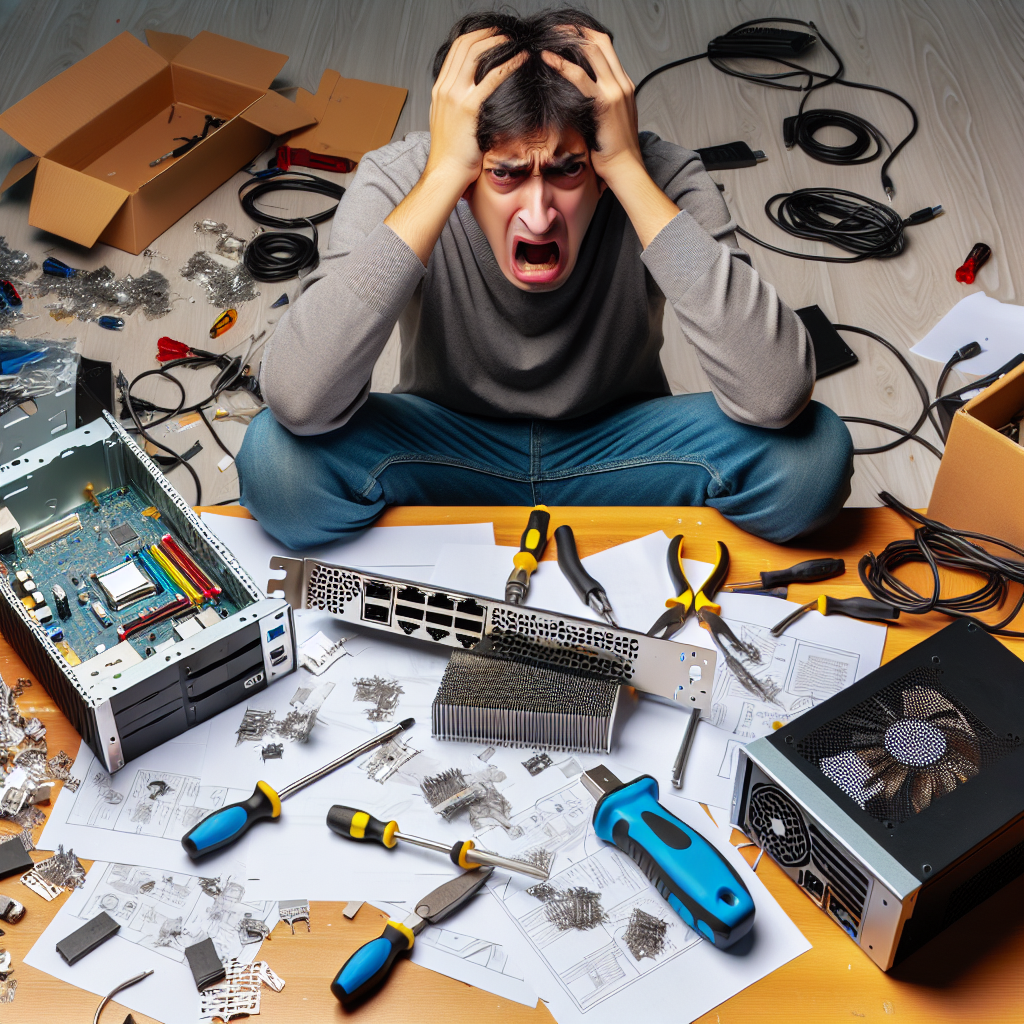Installing a network adapter can be a straightforward process, but various challenges can arise, complicating the task. These challenges can stem from compatibility issues, hardware malfunctions, or incorrect configurations. Understanding these potential problems will help you resolve them quickly and ensure a smooth installation process.
Table of Common Challenges
| Challenge | Description |
|---|---|
| Compatibility Issues | Problems related to the network adapter not being compatible with other hardware or software. |
| Driver Issues | Problems due to outdated, missing, or incompatible drivers for the network adapter. |
| Hardware Malfunctions | Physical defects or damage to the network adapter or related components. |
| Configuration Errors | Incorrect network settings or configurations that affect the network adapter’s performance. |
| Connection Stability | Intermittent or unreliable network connections related to the network adapter. |
Compatibility Issues
One of the most common challenges when installing a network adapter is compatibility with your system. Whether it’s an internal card or an external adapter, ensuring it works with your specific operating system and hardware is crucial. Compatibility issues may manifest as the network adapter not being detected by your system or frequent disconnections.
Solution:
- Check System Requirements: Before purchasing or installing a network adapter, check that it is compatible with your operating system and existing hardware.
- Update System Drivers: Make sure all your system drivers are up to date, as outdated drivers may cause compatibility issues.
- Use Manufacturer’s Resources: Refer to the manufacturer’s website or user manual for specific compatibility information.
Driver Issues
Drivers act as the bridge between the network adapter and your system. If the drivers are outdated, missing, or incompatible, your network adapter won’t function correctly. Common signs of driver issues include the adapter not being recognized or showing error messages.
Solution:
- Download Latest Drivers: Visit the manufacturer’s website to download and install the latest drivers for your network adapter.
- Use Device Manager: On Windows, use the Device Manager to update or roll back drivers if you face connectivity issues.
- Automatic Driver Software: Use software like Driver Booster to ensure all your drivers are up to date automatically.
Hardware Malfunctions
Physical problems with your network adapter, such as defects or damage, can also prevent successful installation. This could be due to manufacturing defects, physical damage during installation, or wear and tear.
Solution:
- Inspect Hardware: Check your network adapter for any visible damage or defects.
- Test on Another System: If possible, test the network adapter on another system to rule out hardware issues.
- Replace Defective Units: Contact the manufacturer for a replacement if your network adapter is found to be defective.
Configuration Errors
Misconfigured network settings can lead to connectivity problems. This includes incorrect IP addresses, subnet masks, and DNS settings.
Solution:
- Use Automatic Settings: Most routers can automatically assign the correct network settings to your adapter; ensure that your settings are set to obtain IP and DNS automatically.
- Manual Configuration: If automatic settings don’t work, manually configure your network settings with the information provided by your ISP or network administrator.
- Reset Network Settings: On Windows, use the network reset feature to restore default network settings.
Connection Stability
Even after successful installation, you might face connection stability issues, such as intermittent connectivity or slow internet speeds. This could be related to weak Wi-Fi signals, network interference, or issues with the network adapter itself.
Solution:
- Improve Signal Strength: Ensure your computer is within an optimal range of your Wi-Fi router or access point.
- Avoid Interference: Keep your network adapter away from other electronic devices that might cause interference.
- Check for Updates: Ensure that your network adapter’s firmware is up to date.
Conclusion
Installing a network adapter poses several potential challenges, ranging from compatibility issues to configuration errors. By understanding and addressing these common problems, you can ensure a smoother, more efficient installation process. Always follow best practices, such as verifying compatibility, updating drivers, and maintaining optimal network conditions to prevent further connectivity issues.

